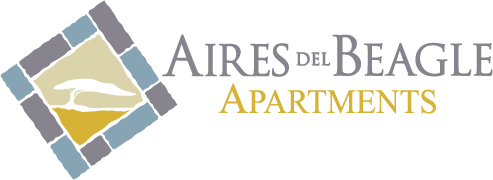Blogs
Enjoy 88 Luck slots from the Bally having free gold coins and you will 96% RTP to own a much bigger jackpot. The comment includes strategy, tips, paytable, wilds, and you can spread out icon descriptions. The bonus bullet within the Da Vinci Expensive diamonds now offers people that have a possibility to earn at the 100 percent free gambling enterprise ports. The overall game will likely be activated when you hit four or maybe more Pink Added bonus signs. You are granted which have half dozen 100 percent free revolves to discover the bullet already been.
DaVinci Expensive diamonds Slot
Which iteration out of Da Vinci Expensive diamonds provides enormous symbols portraying Da Vinci’s most well-known masterpieces. The new RTP from Da Vinci Expensive diamonds Masterworks is actually 96.37% (greater than that the original games). After you home the advantage, all of the totally free revolves can be used from the number of the fresh choice you to triggered the original added bonus.
The best places to Enjoy Da Vinci Expensive diamonds Local casino Games?
So it figure embodies the goal enough time-label return to participants, even when individual gambling enjoy is going to be vogueplay.com see the site more varied. With the aid of the newest spread icon as well as the crazy symbol in the DaVinci Diamonds, profiles could possibly get increase their likelihood of effective. It has the capability to solution to any other check in order to make a fantastic consolidation. Should you manage to home four wild signs on the reels, you are provided twenty five,one hundred thousand credits, which is the premier jackpot offered. As the to experience the newest Da Vinci Expensive diamonds Masterworks position, we exposed winnings multipliers, a good cascading reels system and you can giant icons of a few greatest drawings.
Game templates

Consolidating renaissance artist Leonardo Da Vinci that have a female’s companion, expensive diamonds, get this perhaps one of the most book slots up to. Rating a getting to your added bonus has within our trial pro below or play for real cash inside our necessary gambling enterprise. The fresh spread and you will wild icons within the Da Vinci Expensive diamonds facilitate participants in the broadening their winnings. It does replace all other symbol to produce a fantastic consolidation. For individuals who have the ability to belongings five insane icons on your reels, you are rewarded which have twenty five,100 credit – the utmost jackpot. Probably one of the most profitable slots to have been crafted by IGT is actually Da Vinci Expensive diamonds slots.
Although some harbors get rid of a little bit of the effect on cellular, this one holds up really, capturing all of the detail and you may clearness of your own desktop computer type. Past its visual motif and you may imaginative mechanics, so it IGT antique has endured the exam of energy for good reasoning. It’s got the perfect mixture of nostalgic attraction and satisfying game play you to one another newcomers and you may veterans appreciate. The new balanced mathematics behind the online game ensures prolonged fun time and satisfying winnings prospective.
Come across multiple outlines at the a top cost and increase the fresh jackpot and you may chances of profitable. Profitable a respectable amount, lose back down so you can solitary-range bets to attenuate one coming losses. Which have RTP’s benefits explained we’ve known metropolitan areas you should avoid and you will showcased our most necessary gambling enterprises. Essentially you’ve as well as attempted the new Double Da Vinci Expensive diamonds demonstration have fun with the new 100 percent free-gamble choice towards the top of the new web page!

Just like the new slot machine game you will find inside the stone-and-mortar casinos the whole way from Vegas in order to Monte Carlo, Da Vinci Expensive diamonds was created by benefits during the IGT. The newest position has the new innovative online game features and you will structure your app supplier is renowned for. With over 250 games within the profile, as well as classics including Cleopatra, Prowling Panther, and Treasures from Troy, Da Vinci Diamonds is becoming certainly IGT’s most widely used game. Maximum commission is actually 5,000x, attained by landing 5 diamonds to your an energetic payline.
The simple build makes it a fantastic choice for relaxed and you may significant players. We give you mission investigation gained from your area’s tracked spins. This information is one hundred% transparent and you can real, based on real user’s experience using online casino things.
